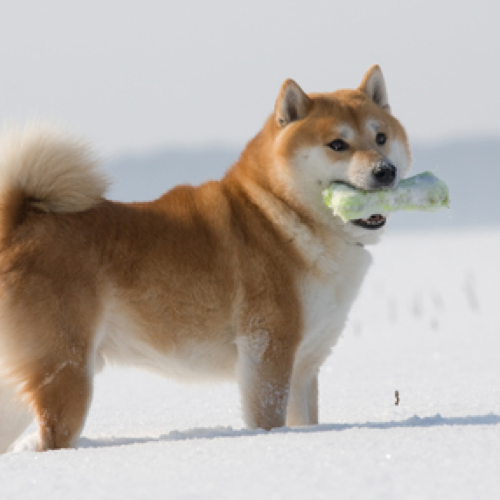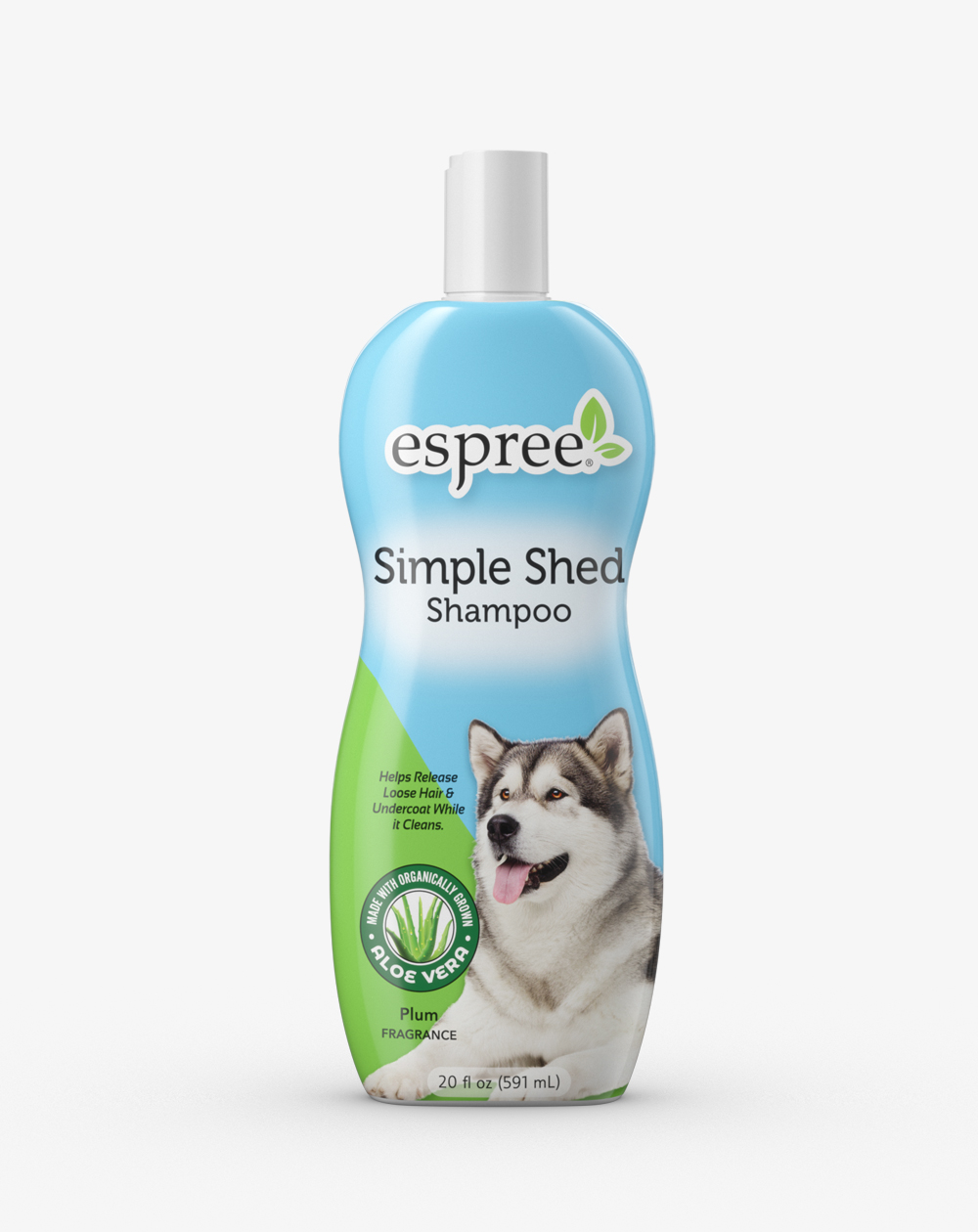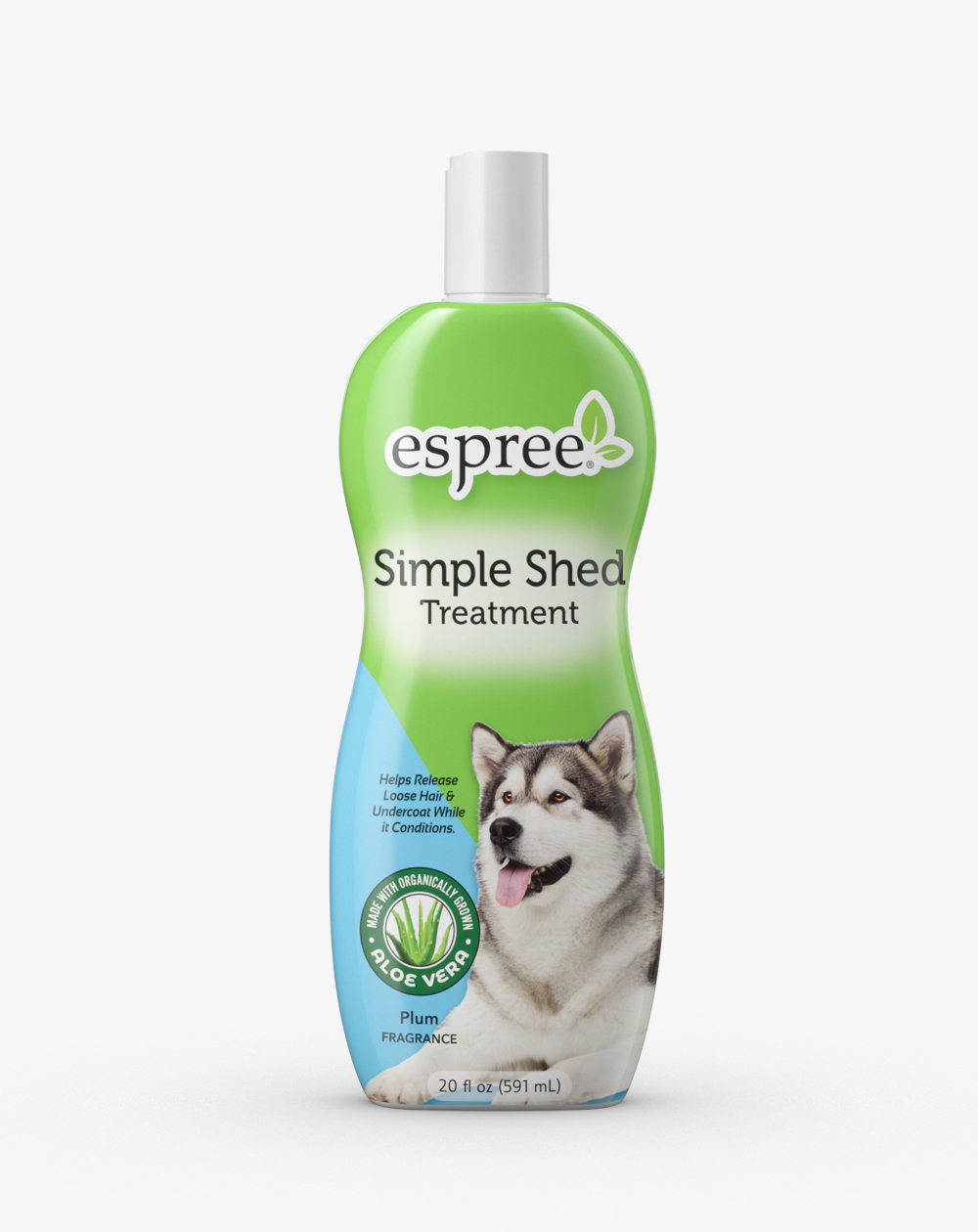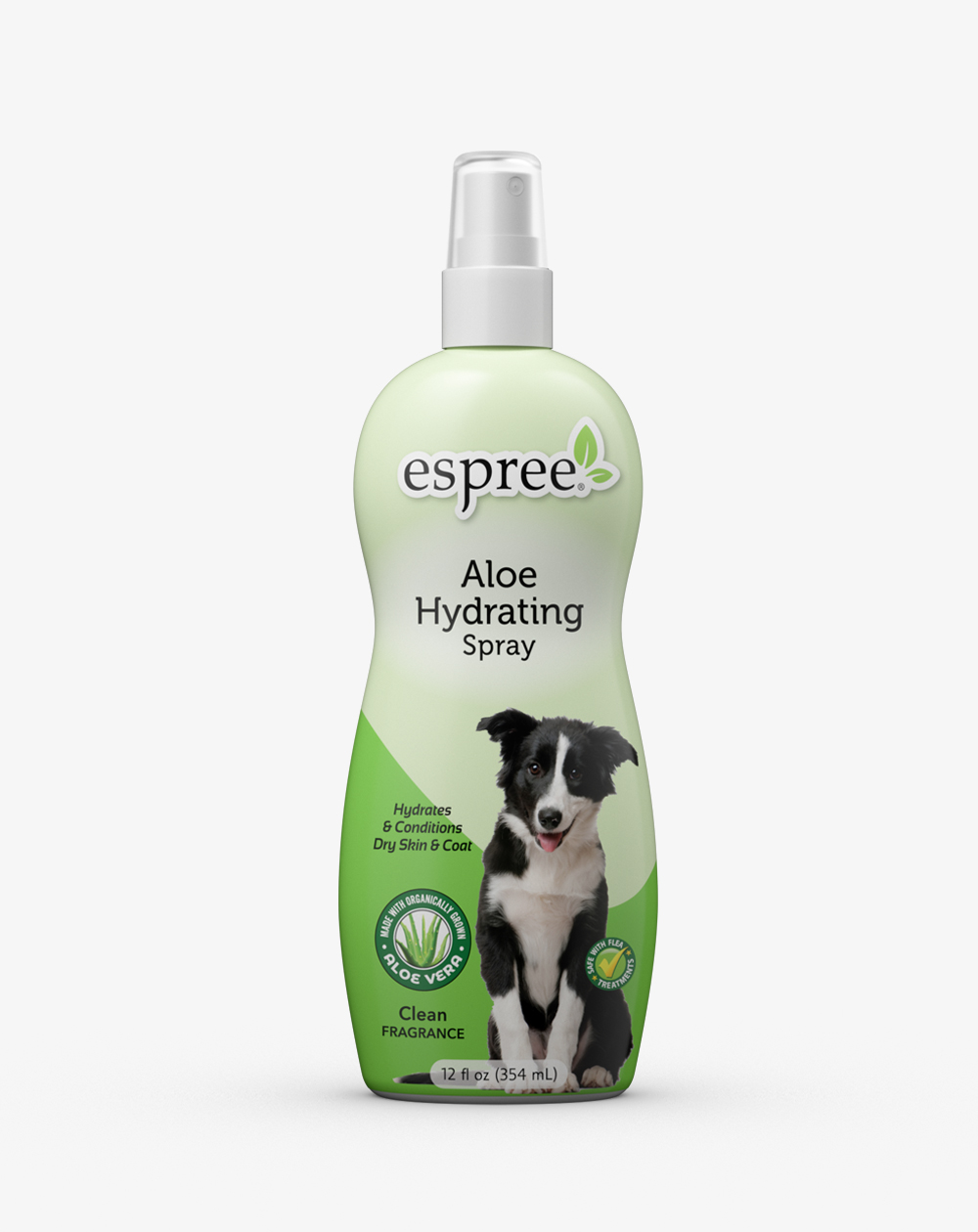
Shiba Inu
The smallest of the Japanese native breeds, the Shiba was originally developed for hunting in the dense undergrowth of Japan's mountainous areas. Alert and agile with keen senses, he is also an excellent watchdog and companion. His frame is compact with well-developed muscles and he possesses a double coat that can be black and tan, red or red sesame.
Breed Profile
The Shiba has an independent nature and can be reserved toward strangers but is loyal and affectionate to those who earn his respect. The Shiba adapts well to different living situations but must be exercised regularly on leash or in a secure area. Early obedience training and regular brushing are musts.
Grooming
The Shiba Inu does require regular bathing and brushing. This bright and dignified dog can be bathed as frequently as weekly up to no longer than every 6 weeks. With this double coated breed, proper bathing and drying techniques lays the groundwork for achieving a beautiful coat. Selecting the correct products to meet the dog’s needs is essential to achieve optimal results.
A preliminary bath to lift off and remove dirt, debris, and any environmental factors to bring the coat back to a neutral state in always beneficial for this active dog. Always choose the mildest shampoo to get the job done. The secondary bath is used to enhance the coat, whether you are wanting to hydrate the skin and coat, enhance the color, or even change the texture. When you do the final rinse, it is a good idea to cool the water temperature, so you do not dehydrate the skin. And make sure to rinse, rinse, rinse, and then rinse again.
Blow the coat out with a HV dryer, then finish with a stand dryer and brush out. Once the dog is completely dry, line brush, working in sections until you have gone over the dog in its entirety. Go over coat with your hands, to see if there are inconsistencies in the density of the coat. If so, continue to brush and comb those areas. As a final check, use a firm slicker brush throughout the coat, and little to no hair should be apparent on the brush. Areas to pay particular attention to for excessive coat are the thighs, neck, and rear haunches. Spend a little extra time in those areas before you finish the dog.
Finishing the Dog: Tools and Finish Grooming
The coat should be light and stand off the body. A comb should easily glide through the coat with no resistance all the way down to the skin. Pay particular attention to the shoulder, ruff area, and hind quarter area as they can get packed with excessive coat. A healthy coat is light, airy, and has a natural shine while keeping the texture intact. Since this a natural breed, only trimming of the whiskers and the pads of the feet is acceptable.
General Health Care
Prep work is the foundation of all grooming. Prep work includes ear cleaning, nail trimming, trimming the pads, anal glands, and proper dental hygiene. Mastering these skills sets the professional pet stylist apart from the rest. Prep work should be done before every bathing and grooming appointment. All dogs need to have their ears checked and cleaned on a regular basis. Some need to have the hair plucked from the ear canal. This allows the ear to have proper air circulation. It is not necessary to remove all of the hair in the ear, as some serves as a barrier to foreign debris. It is imperative that you are properly trained to pull ear hair before attempting this endeavor. Proper nail care is also very important. Long, unsightly nails are uncomfortable for the dog, as well as anyone they might jump on. Long nails also compromise the shape of the foot. Trimming the pads of the foot helps give the dog good traction on different surfaces and can minimize the amount of dirt the dog tracks into the house. It also affords the opportunity to treat and condition the paws from cracks and abrasions. Anal glands should also be checked and expressed if they are full. Good dental hygiene is essential for a healthy
Nutritional Care
In order to maintain healthy skin and coat as well as overall health, it is important to provide good nutrition to your dog through a well–balanced diet, vitamins, and healthy treats.
Do they require a lot of grooming?
Frequent baths and brush outs are necessary to keep the skin and coat in optimal condition and to stay on top of shedding. Trips to the groomer for a professional bath and blow out will help keep shedding under control and keep the skin able to breathe in order to remain healthy.
What is a common problem in Shiba’s?
Do Shiba’s shed or cause allergies?
They do shed quite a bit, so this breed might not be the best choice for people suffering from allergies.
Are Shiba Inu’s good with children?
Shiba’s are a good family dog as he is loyal and devoted. They do well with children as long as he is properly socialized and trained. As with any breed of dog, a small child should never be left unattended around a dog.
What if I have a show dog?
Whether you have a show dog or a companion dog, the same basic care is given regarding nutrition, socialization, and hygiene. The difference is the maintenance, conditioning, and training for the show ring. It is always helpful if your breeder is willing to mentor you to lead you in the right direction upon entering the wonderful world of showing dogs. A great place to start is with the national breed club like the Shiba Inu Club of America, www.shibas.org.




